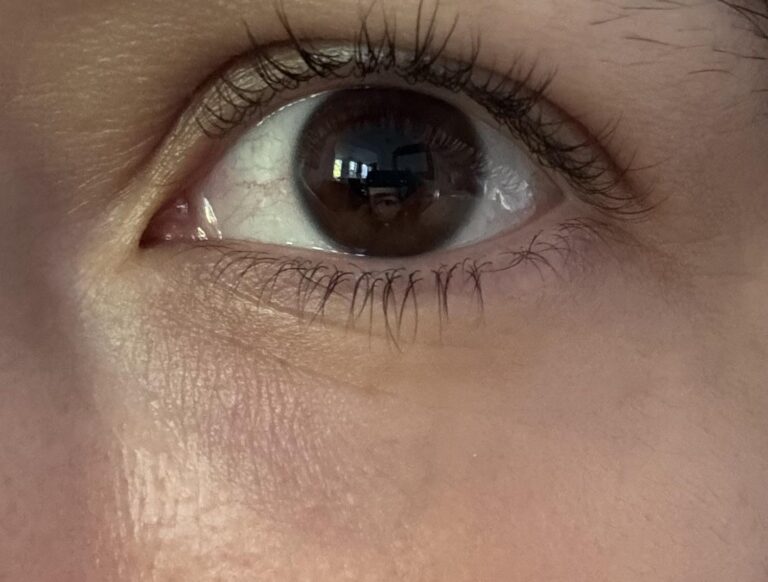In the context of obstruction lighting, intensity refers to the luminous strength or brightness emitted by the obstruction light fixture. It is a critical parameter to ensure that tall structures such as towers, buildings, chimneys, or cranes are clearly visible to aircraft pilots under various visibility and environmental conditions. To buy a obstruction lights at an affordable price you can check this site:
| https://www.aerolighting.swiss/obstacle-lights. |
What Defines Intensity in Obstruction Lights?
Light intensity is measured in candelas (cd), which denotes the luminous power emitted in a particular direction. The required intensity for obstruction lights varies based on factors including:
-
The height of the structure.
-
Its location relative to airports, flight paths, and urban areas.
-
The ambient lighting conditions (daytime, nighttime, or twilight).
-
Local and international regulatory standards.
For example, higher structures or those near busy airports often require high-intensity lights visible from several kilometers to ensure safety.
Categories of Obstruction Light Intensity
Obstruction lights generally fall into three intensity categories:
-
Low-Intensity Lights
-
Typically up to a few thousand candelas.
-
Used on smaller or less critical structures.
-
Emit a steady red light primarily for nighttime.
-
-
Medium-Intensity Lights
-
Brighter, often flashing red lights with intensities around 20,000 to 200,000 candelas.
-
Designed for taller buildings and critical obstructions.
-
-
High-Intensity Lights
-
Very bright, usually white flashing strobes exceeding 200,000 candelas in intensity.
-
Used for tallest structures, especially those far from urban centers, to provide maximum visibility during day and night.
-
Importance of Correct Intensity Specifications
Choosing the correct light intensity ensures:
-
Maximum pilot visibility: To reliably spot obstacles from sufficient distance for safe navigation.
-
Avoidance of light pollution: Excessive brightness can cause glare and hinder pilot vision.
-
Energy efficiency: Appropriately rated lights consume less power while maintaining safety.
-
Regulatory Compliance: Adhering to ICAO, FAA, and other aviation authority standards prevents legal and operational penalties.
Factors Affecting Intensity Choice
-
Environmental Conditions: Fog, rain, and urban light pollution might require higher intensities.
-
Surrounding Light Sources: Bright city lights may necessitate more powerful obstruction lights.
-
Aircraft Types and Flight Speeds: Faster aircraft may need earlier warning of obstacles, influencing intensity demands.
Summary
Intensity in obstruction lighting is a carefully measured and regulated aspect designed to balance visibility, safety, and environmental impact. Properly specified intensity ensures obstruction lights serve their lifesaving role effectively across diverse locations and weather conditions.




